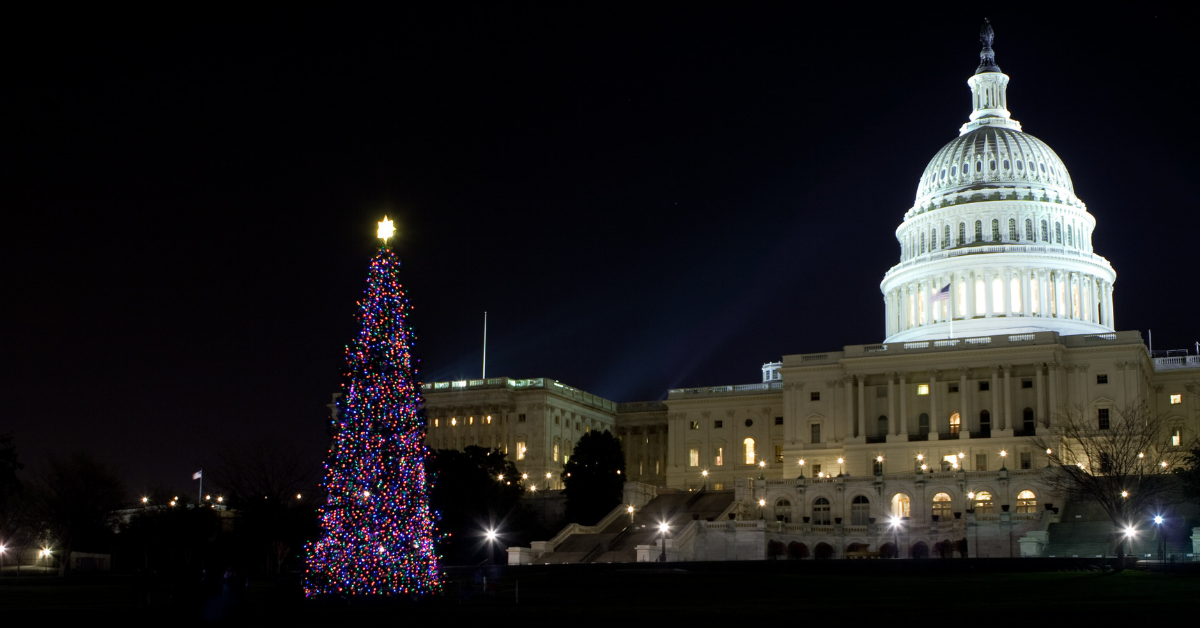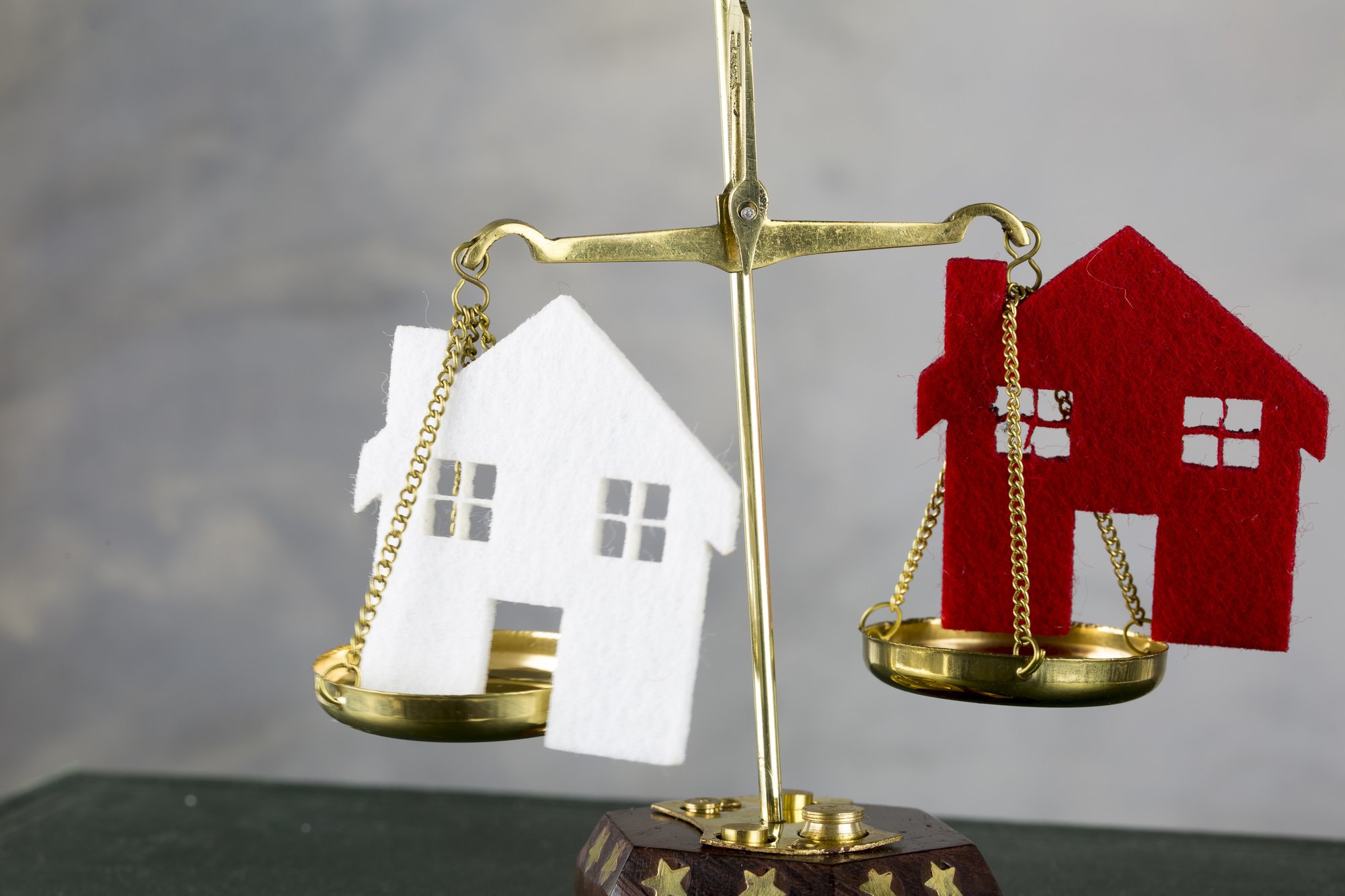It might surprise you to learn that houses in the United States now cost over $350,000 on average. As a result, it’s become more difficult than ever before for first-time homebuyers to find a place of their own.
Those who currently own property, though, will likely find that their home is worth exponentially more than what they purchased it for. This is why many people are choosing to rent properties they own out to tenants.
In order to be a successful landlord, though, you will need to understand how to set the right rental rate.
To help you get started with assessing rental value, we’ve created a brief guide that can help you avoid common issues.
Let’s dive into everything you need to know about how to price a rental property.
1. Consider the Overall Value of the Home
When looking to set your rental rate for your tenants, you’ll first want to take into account the overall value of the home. This can be done by considering recent sale prices for similar homes in your area, as well as the current market conditions.
You’ll also want to make sure that you’re charging a fair rate for your area, as you don’t want to price yourself out of the market. In general, it’s recommended to set your monthly rental rate at approximately 1% of the total value of the home.
To clarify, let’s assume that you own a property that is worth $500,000. You would want to charge approximately $5,000 per month in rent. This number may be higher or lower depending on other factors that we will explore below.
2. The Condition of the Property
If your home is in need of repairs or improvements, you may need to charge a lower rental rate in order to attract tenants.
However, if your property is in good condition and is move-in ready, you can likely charge a higher rental rate. Unfortunately, even a large home that is situated in a great location can be difficult to rent out if it is in poor condition.
In some cases, you might not be able to rent the property out to tenants until you make certain renovations. For instance, if there are wiring or plumbing issues that could pose a safety threat, you need to take care of these.
The good news is that this will inadvertently increase the condition of your property.
3. Consider Changes There May Have Been in the Local Market
You’ll also want to take into account any changes that may have happened in the local market. You can likely charge a higher rate if there has been a recent influx of renters in the local market.
If there has been a decrease in the number of renters, you may need to lower your rental rate in order to attract tenants. It’s best to assess the local market from year to year to determine if you should adjust your current rental rate.
Interestingly, many landlords are resistant to change when it comes to lowering their rent. The truth is that you may simply need to do so if you notice that you cannot find new tenants as easily as time goes on.
4. The Amenities of the Property
If your home has unique features or amenities, you can most likely charge a higher rate. Conversely, homes that are rather plain might not be able to attract tenants who are willing to pay top dollar. Be sure that you keep this in mind when moving forward so that you can recognize when a lack of amenities becomes an issue.
5. The Length of the Lease
The length of the lease is also a factor to consider when setting your rental rate.
As you might guess, you can often charge higher rates for shorter leases. This is simply due to the fact that you may experience a vacancy within a shorter amount of time after the lease expires.
If tenants are willing to sign longer leases, it’s customary to lower the monthly rate. Vacancies can cost time and money, and it’s better to get less per month for a larger number of months than deal with tenant acquisition every quarter of the year.
6. The Number of Bedrooms and Bathrooms
This attribute is not to be confused with the total size of the home.
Regardless of how large the house is, the total number of bedrooms and bathrooms will play a large role in what people are willing to pay. For example, imagine that you own a 5000-square-foot house that only has three bedrooms and two bathrooms.
This would likely be a less attractive option to tenants compared to a 4000-square-foot house that has five bedrooms and four bathrooms.
7. Work With a Professional Evaluator
As you might guess, there’s a lot that goes into setting the right rental rate for your property. If you’re not sure where to start, it might be a good idea to work with a professional evaluator. A professional evaluator will be able to help you determine the right rental rate for your property based on all of the factors mentioned above.
When searching for a professional to work with, be sure to consider their past reputation. This will allow you to gain insight into their level of expertise and customer service. The good news is that a quick Google search is often all it takes to find the information they need to know.
Finally, you should choose somebody that you feel comfortable communicating with. This will help ensure that you find a professional that is ideal for your situation.
Setting Rental Rate Doesn’t Have to Be Complicated
It might seem difficult to handle the rental rate of your properties, but it’s easier than you may expect it to be. Be sure that you keep the above guidelines in mind so you can avoid problems you may have encountered.
Want to learn more about what we have to offer? Feel free to get in touch with us today and see how we can help.



































